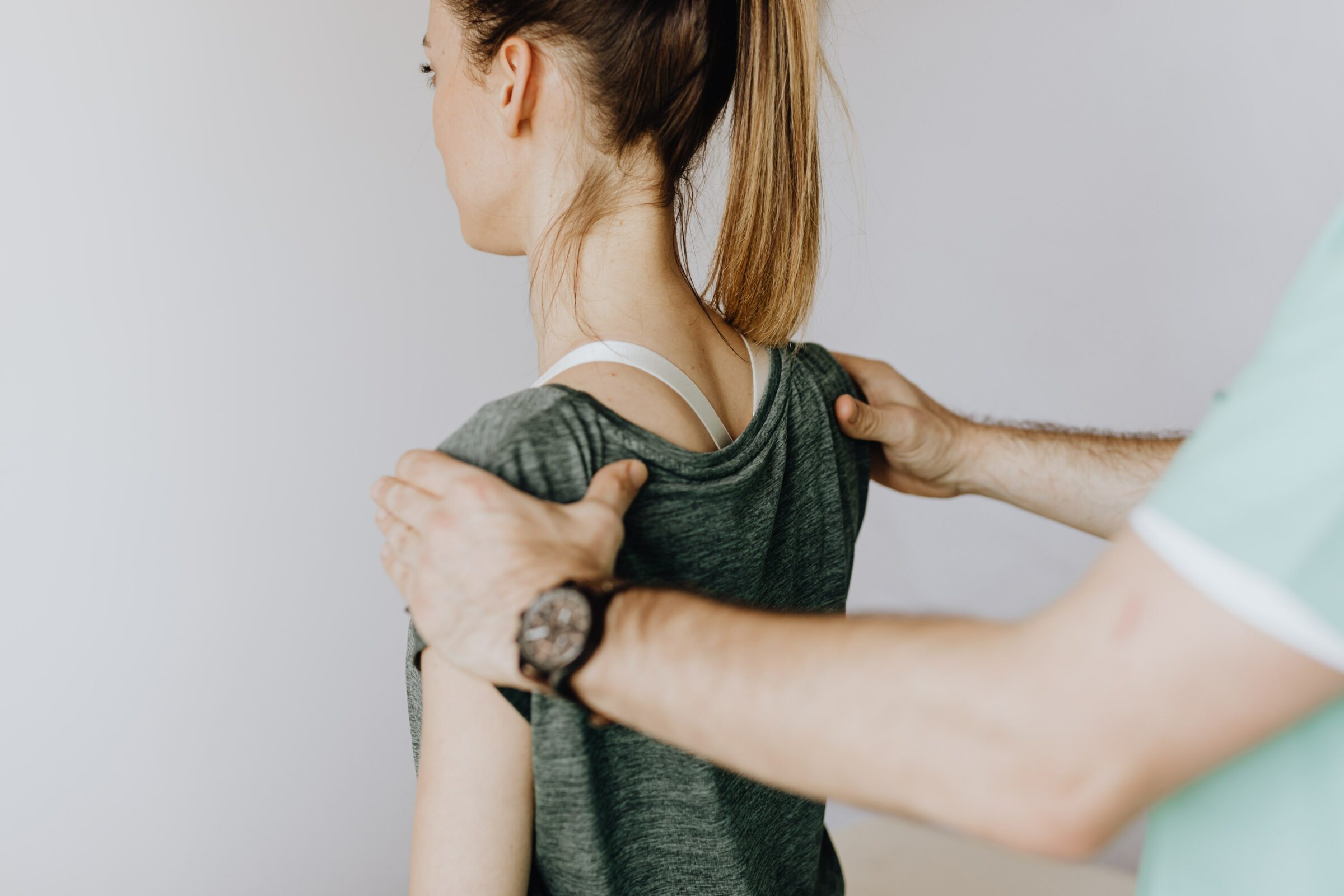Suite 3, Ground Floor, The Gateway,
312 St Kilda Road, Southbank, VIC, 3006
Shoulder Strengthening Performing Arts

Shoulder Strength in the performance world – is it what you’re missing?
Shoulder strengthening exercises are essential for performers in the arts, particularly for those involved in activities that require repetitive or strenuous use of the upper body. Such performers include dancers, circus artists, musicians, actors and singers. Strong shoulders enhance stability, mobility and control during various movements. Here are several reasons why performing artists should incorporate shoulder strengthening exercises into their training routines:
1. Injury prevention: Performing arts can put a significant strain on the shoulder and upper body, leading to overuse injuries or muscle imbalances. In some cases, episodes of instability may occur. Strengthening the shoulder muscles helps stabilize and support the joint, reducing the risk of injuries like rotator cuff strains, tendinitis, shoulder impingement or instability.
2. Improved posture: Strong shoulder muscles play a crucial role in maintaining proper posture. Good posture not only enhances a performers appearance on stage but also helps prevent back and neck pain that can result from poor alignment.
3. Increased endurance: Shoulder strengthening exercises can improve muscular endurance, allowing performers to sustain their movements, gestures, or playing positions for longer periods without fatigue.
4. Enhanced performance: For circus artists, musicians, dancers or actors, shoulder strength contributes to more controlled and expressive movements. Musicians can play their instruments with greater ease, dancers can execute complex movements more efficiently, and actors can perform gestures and actions with better precision.
5. Reduced muscle tension and stress: Releasing tension in the shoulders and upper body through strengthening exercises can alleviate physical and mental stress. This can result in improved overall well-being and may positively impact the quality of performances.
6. Injury rehabilitation: In cases where a shoulder injury has occurred, targeted strengthening exercises are an important part of the rehabilitation process, helping to rebuild muscle strength and restore function.
7. Balance and coordination: Strengthening the shoulder muscles contributes to overall upper body stability and balance. This can be especially important for dancers and performers who engage in complex movements that require coordination and control.
8. Support for props and costumes: Some performing arts involve the use of props or costumes that can be heavy or require specific movements. Strong shoulders can better support these items and prevent strain or injury during performances.
It is essential for performing artists to consult with a qualified fitness professional or physical therapist to design a personalised shoulder strengthening program that accommodates for individual body requirements and to suit their specific performance needs. Exercises should be performed with proper form and technique to ensure safety and effectiveness.
Nino La Scala
Sports & Exercise Physiotherapist
Performance Medicine

